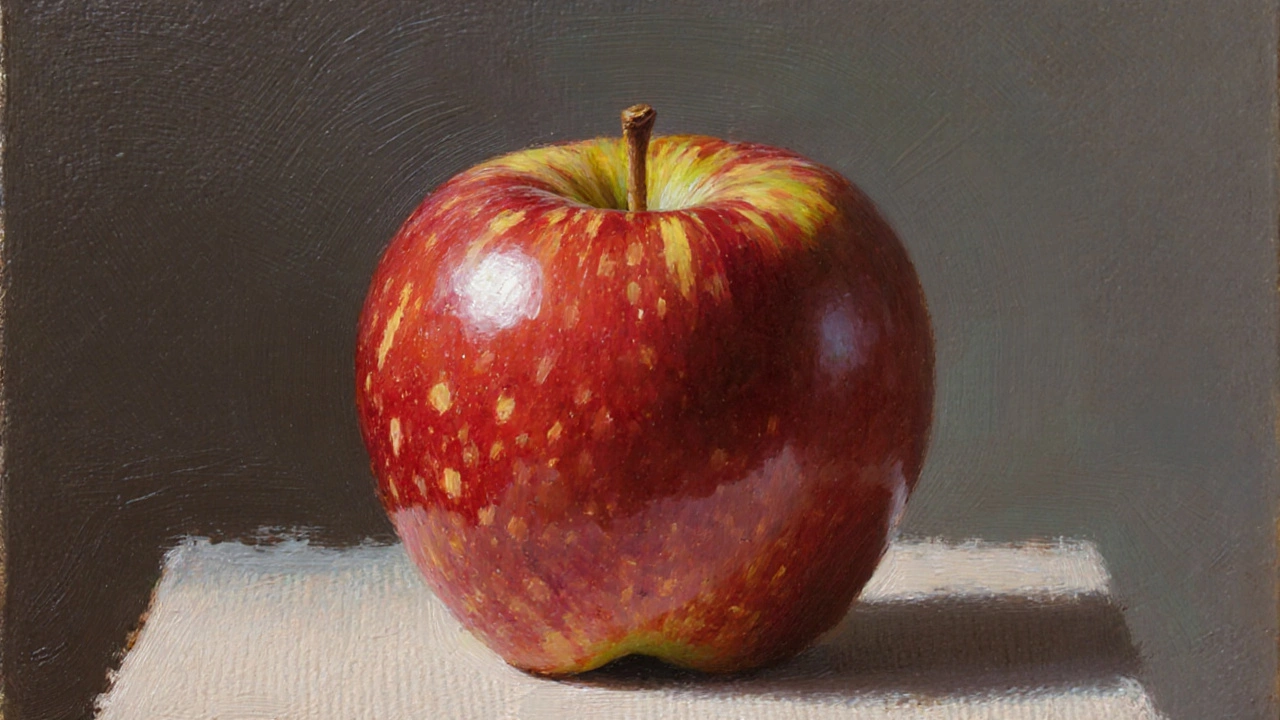Most Challenging Art Style: What Makes It Tough and Why Artists Love It
When you hear most challenging art style, a form of visual creation that pushes technical limits and conceptual boundaries. Also known as hardest art genre, it often blends abstract art, non‑representational work that relies on shape, color and feeling with installation art, site‑specific, three‑dimensional experiences that engage the viewer's space. These two examples illustrate how the central idea encompasses diverse approaches, requires high skill, and influences the art market.
Why is this style so demanding? First, the technical skill needed can rival that of a master craftsman. Artists must control medium, scale and composition with precision while also navigating abstract concepts that defy easy description. Second, the conceptual depth asks creators to question culture, identity or technology—think performance art, live actions that turn the body into a moving canvas or digital art, algorithms, code and pixels that generate ever‑changing visuals. The triple “most challenging art style demands advanced technique, requires bold ideas, and shapes future art trends” captures the core relationship between skill, concept and impact.
From a practical side, the difficulty affects pricing and sales. Our guide on beginner digital artist rates shows how complex work often commands higher fees, while the Etsy top‑selling art types report notes that collectors are willing to pay premium for hard‑to‑replicate pieces. Sculptors pricing formulas, oil paint activation tips, and watercolor troubleshooting pieces all echo the same theme: the harder the process, the more value the market assigns. Understanding these economics helps creators set fair prices and buyers to recognize true worth.
Key Challenges Across Different Hard‑Hit Styles
Each sub‑genre brings its own hurdle. Abstract art tests an artist’s ability to convey emotion without recognizable forms—a lesson in visual language that many find intimidating. Installation art adds logistical puzzles: site permissions, structural safety, and the need to think three‑dimensionally. Performance art blurs the line between creator and audience, demanding confidence and timing. Digital art requires mastery of software, hardware and sometimes code, turning the canvas into a screen. Finally, street art (though not marked up here) pushes artists to work fast under pressure, dealing with public space and legal risk. Recognizing these distinct challenges lets you pick the right learning path or market angle.
Armed with this overview, you’ll see why the most challenging art style isn’t just a buzzword—it’s a collection of demanding practices that shape today’s creative scene. Below you’ll discover articles that break down pricing, trends, techniques and real‑world examples, giving you the tools to tackle any tough medium with confidence.
